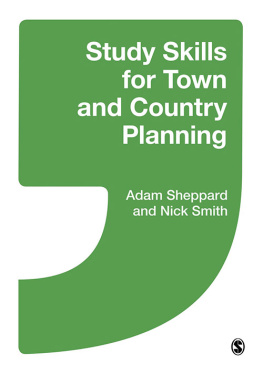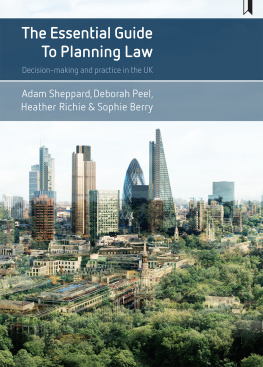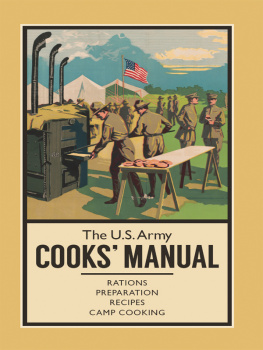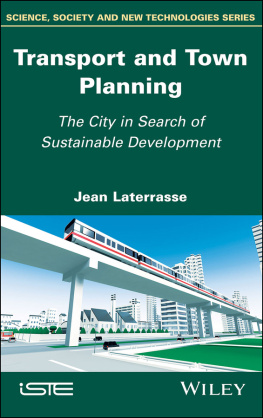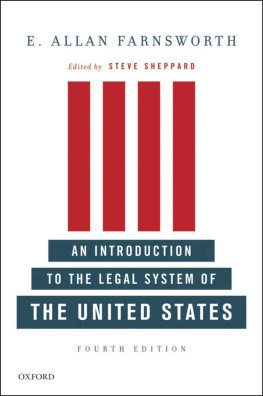SAGE has been part of the global academic community since 1965, supporting high quality research and learning that transforms society and our understanding of individuals, groups and cultures. SAGE is the independent, innovative, natural home for authors, editors an societies who share our commitment and passion for the social sciences.
Find out more at: www.sagepublications.com

Adam Sheppard and Nick Smith 2014
First published 2014
Apart from any fair dealing for the purposes of research or private study, or criticism or review, as permitted under the Copyright, Designs and Patents Act, 1988, this publication may be reproduced, stored or transmitted in any form, or by any means, only with the prior permission in writing of the publishers, or in the case of reprographic reproduction, in accordance with the terms of licences issued by the Copyright Licensing Agency. Enquiries concerning reproduction outside those terms should be sent to the publishers.
Library of Congress Control Number: 2013931186
British Library Cataloguing in Publication data
A catalogue record for this book is available from
the British Library
ISBN 978-1-4462-4968-0
ISBN 978-1-4462-4969-7 (pbk)
SAGE Publications Ltd
1 Olivers Yard
55 City Road
London EC1Y 1SP
SAGE Publications Inc.
2455 Teller Road
Thousand Oaks, California 91320
SAGE Publications India Pvt Ltd
B 1/I 1 Mohan Cooperative Industrial Area
Mathura Road
New Delhi 110 044
SAGE Publications Asia-Pacific Pte Ltd
3 Church Street
#10-04 Samsung Hub
Singapore 049483
Editor: Robert Rojek
Editorial assistant: Keri Dickens
Production editor: Katherine Haw
Copyeditor: Kate Harrison
Proofreader: Avril Ehrlich
Marketing manager: Michael Ainsley
Cover design: Lisa Harper
Typeset by: C&M Digitals (P) Ltd, Chennai, India
Printed by: Replika Press Pvt. Ltd, India
Preface
Numerous books exist that consider town and country planning from an academic and/or practice perspective, but few consider how it is studied. The aim of this text is to provide an effective introduction to the essential university study skills associated with town and country planning. The text is interspersed with activities, tips, definitions and further reading to help the reader develop their skills and understanding, and to support onward learning. The book will support those intending to study, or already studying for, a degree or high qualification in town and country planning and associated built environment fields such as architecture, geography, urban studies, housing, property development, construction and surveying.
Acknowledgements
For our family, friends and colleagues, whose love and support have been, and continue to be, invaluable.
List of Boxes
List of Figures
List of Tables
About the Authors
Adam Sheppard Adam joined the University of the West of England, Bristol as a lecturer in 2007 from planning practice. Adam previously worked in Essex, South Gloucestershire and the Bristol urban fringe, and Herefordshire as a Local Planning Authority development management officer. He has been involved in a diverse range of planning projects at varying scales and degrees of complexity. Adam has worked in both the rural and urban context and has experience across the planning spectrum, from green belt areas and open countryside to city centre redevelopment projects. Adam has research interests in planning implementation, history, law and the decision-making process, and teaches to undergraduate and postgraduate students, and on professional practice short courses.
Nick Smith Nick joined the University of the West of England, Bristol in 2007 following six years in private practice. During this time he was involved with a variety of projects for both public and private clients. He now leads the departments undergraduate programme in town and country planning and has research and teaching interests in strategic planning, the planning and delivery of infrastructure, planning history and regeneration. He is a chartered member of the Royal Town Planning Institute and a member of the Town and Country Planning Association.He chairs the RTPI South West in 2013.
Part one
Studying in Higher Education
Town Planning and Society
Aims
To explore the historical evolution of town and country planning in the UK and to identify the role of planners in shaping the places we live in.
Learning outcomes
After reading this chapter you will:
understand the origins and development of town and country planning in the UK
recognise the importance of planning to the management of the built and natural environment
appreciate the role and importance of planners in society.
Introduction
The Royal Town Planning Institute (RTPI), the organisation which represents the planning profession, state that planning involves twin activities the management of the competing uses for space, and the making of places that are valued and have identity (RTPI, 2012a). This goes some way to identifying the breadth of planning and it is of note that unlike many other subjects, the content of your course will have both theoretical elements and practice orientated aspects. Studying town and country planning at university therefore means engaging with both an academic subject and a professional discipline.

Although we have used the term town and country planning and planning interchangeably throughout this book, the reality is that a range of terms are used to explain the activity. University courses are labelled in a variety of ways but their content is typically quite similar as we explain later on. With regards to those practising planning, we use the general term planner but again a variety of titles are used in reality.
Planning is a dynamic, challenging and fast-changing subject area, and the profession involves a diverse range of interesting and challenging careers. In your studies you will not just learn about planning and the profession today; to truly understand planning demands an appreciation of the past and the evolution of the art and science of the activity into its current form.
Origins and history
It is easy to think of town and country planning as a relatively modern phenomenon. The modern planning system that now operates in the UK can trace its origins directly to the early 1900s and the emergence of public health-focused planning legislation, but regulations which existed to manage places and spaces can be traced back to the Medieval period, and the idea of planned places can be traced back to the ancient world.
The earliest settlements were not planned in the same manner that urban areas are planned today, but that does not mean that planning did not take place when they were created. Important factors like the need to have access to clean water and land suitable for farming would have been foremost in the minds of the community group, as would the need to consider defence, flooding risk and the availability of potential building materials, food supplies and so forth. Where a town was positioned would therefore have been a considered and thought-out matter. Similarly, the layout of the actual settlement would have been undertaken with regards to uses, religion and societal hierarchies and relationships.






